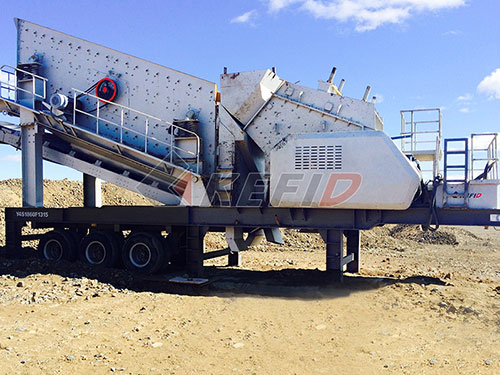Beyond the Crush: Deciphering the Gyratory vs. Cone Crusher Divide in Modern Mineral Processing
The relentless demand for aggregates and minerals fuels an ongoing quest for efficiency in comminution circuits. At the heart of many primary and secondary crushing stages stand two titans: the Gyratory Crusher and the Cone Crusher. While often mentioned together due to their similar crushing principles – utilizing a mantle gyrating within a concave bowl – they represent distinct engineering philosophies tailored for different operational demands. Selecting the right machine isn’t merely a matter of preference; it’s a strategic decision impacting throughput, product shape, operational cost, and overall plant economics across thousands of hours of operation.
Understanding the Core Principle: Compression Crushing
Both gyratory and cone crushers operate on the fundamental principle of compressive crushing. A mantle mounted on a central vertical shaft gyrates eccentrically within a fixed concave bowl (often called a liner or concaves). Rock fed into the top is nipped between the mantle and concave surfaces, subjected to intense compressive forces that fracture it into smaller pieces. The crushed material gravitates downwards through progressively narrower gaps until it exits through the bottom discharge opening.
This shared principle belies significant differences in design philosophy, capacity scale, application suitability, and operational nuances.

The Gyratory Crusher: The Primary Powerhouse
Design & Construction: Gyratories are characterized by their massive size and robust construction.
Fixed Spider & Top Shell: A large spider assembly sits atop the main frame, supporting the upper end of the main shaft via bearings.

Central Vertical Shaft: The main shaft extends vertically through the entire crusher body.
Eccentric Assembly: Located near the bottom of the shaft (within or below the bottom shell), this assembly drives the gyratory motion of the lower part of the shaft/mantle.
Massive Mantle & Concaves: Both wear parts are substantial to handle enormous loads.
Integrated Feed Opening: Features a large feed opening relative to its rated size capacity.
Operational Characteristics:
High Capacity & Throughput: Gyratories excel in high-tonnage primary crushing applications (1,000+ tons per hour). Their design allows continuous feed around almost 360 degrees without choking easily.
Large Feed Size Acceptance: Capable of handling very large run-of-mine (ROM) feed directly from

Leave a Reply